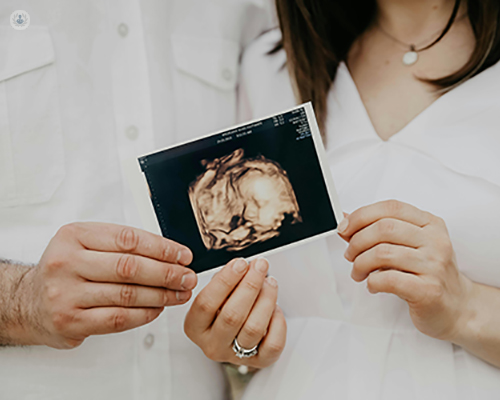Assisted reproductive technology: Pathways to parenthood
Escrito por:Assisted Reproductive Technology (ART) encompasses a range of medical procedures designed to aid individuals and couples in achieving pregnancy. For many facing challenges with natural conception, ART provides hope and effective solutions.

What is ART?
ART refers to treatments and procedures that assist in creating a pregnancy. The most common form is in vitro fertilisation (IVF), where an egg and sperm are combined outside the body in a laboratory dish to form an embryo, which is then transferred to the uterus. Other forms of ART include intracytoplasmic sperm injection (ICSI), where a single sperm is injected directly into an egg, and gamete intrafallopian transfer (GIFT), where eggs and sperm are placed directly into the fallopian tubes.
Who can benefit from ART?
ART is beneficial for individuals and couples experiencing infertility, which may result from various factors. Women with blocked or damaged fallopian tubes, men with low sperm count or motility, and individuals with unexplained infertility are common candidates. Additionally, ART is an option for those with genetic disorders wishing to avoid passing them on to their offspring, as well as same-sex couples and single individuals desiring to have children.
The ART process
- Initial consultation and assessment: The process begins with a thorough medical evaluation to determine the most suitable treatment. This involves tests such as blood work, ultrasounds, and semen analysis.
- Ovarian stimulation: Women undergo hormone treatments to stimulate the ovaries to produce multiple eggs. This increases the chances of successful fertilisation. Regular monitoring through blood tests and ultrasounds ensures optimal response to the medication.
- Egg retrieval: Once the eggs are mature, a minor surgical procedure, performed under sedation, retrieves them from the ovaries. This is done using a fine needle guided by ultrasound.
- Fertilisation and embryo culture: Retrieved eggs are mixed with sperm in the laboratory. The fertilised eggs (embryos) are then cultured for a few days. In cases where sperm quality is an issue, ICSI might be used to inject a single sperm directly into an egg.
- Embryo transfer: After a few days of culture, one or more healthy embryos are selected and transferred to the uterus. This is a simple procedure requiring no sedation, similar to a Pap smear.
- Pregnancy test and follow-up: Approximately two weeks after the embryo transfer, a blood test is conducted to determine if pregnancy has been achieved. Regular follow-up appointments monitor the progress of the pregnancy.
Risks and considerations
While ART offers significant promise, it also comes with potential risks and considerations. These include the physical and emotional strain of the procedures, the risk of multiple pregnancies, and the financial cost. It is essential to discuss these aspects thoroughly with your healthcare provider to make an informed decision.
Emotional support and counselling
The journey through ART can be emotionally challenging. Many find it beneficial to seek counselling or join support groups to navigate the complexities and emotional ups and downs of the process. Understanding ART is crucial for anyone considering these treatments. It is a complex yet rewarding field that has brought joy to countless families worldwide.


